Polar Gear of Yesteryear: Expedition Fashion 100 Years Ago
April 25, 2019 - 5 minutes read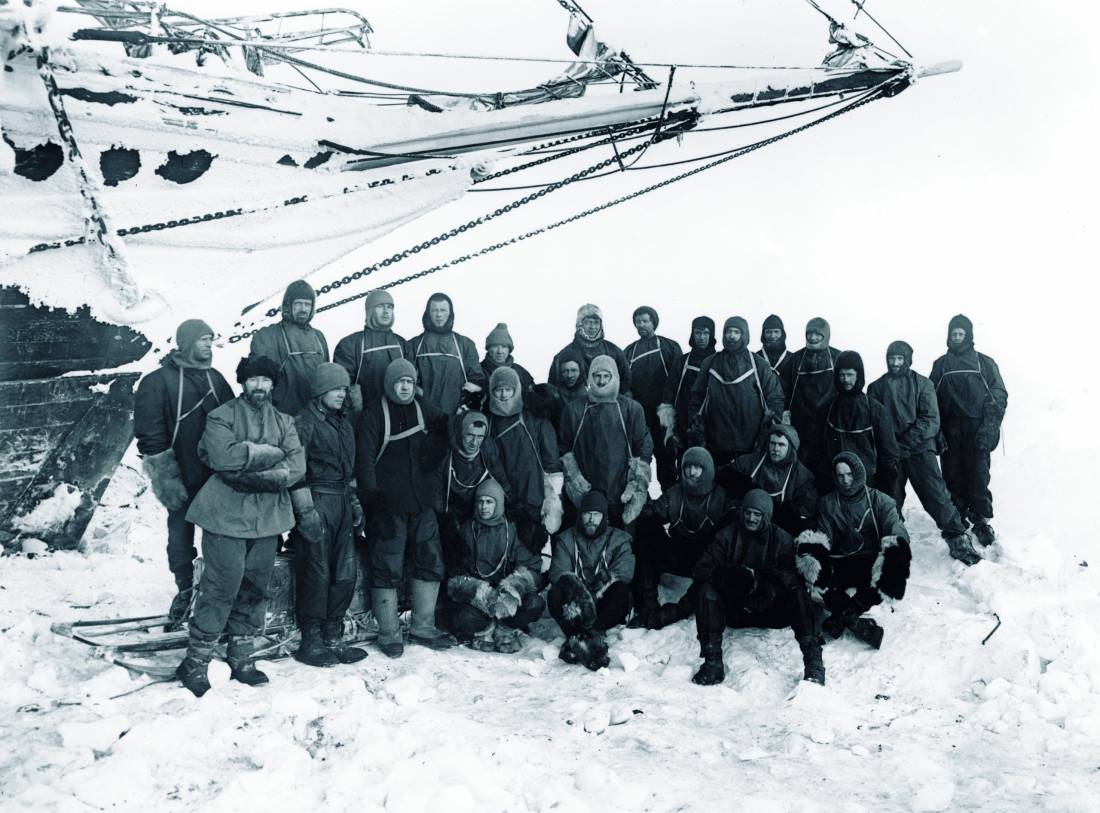 As one of the pioneers of modern travel in the polar regions, Oceanwide Expeditions has accumulated an amazing array of knowledge on different topics pertaining to the human and natural history in the Arctic and Antarctic — including fashion. Or more specifically, how cold-weather gear has changed since the early 20th century.
As one of the pioneers of modern travel in the polar regions, Oceanwide Expeditions has accumulated an amazing array of knowledge on different topics pertaining to the human and natural history in the Arctic and Antarctic — including fashion. Or more specifically, how cold-weather gear has changed since the early 20th century.
When you look at pictures of polar expedition clothing from a century ago, the experience is not unlike seeing images of World War military gear: It’s heavier, clunkier, and more partial to natural fibers like wool and wood than the largely synthetic stuff used today.
However, this is not to say that the equipment of these historic explorers or soldiers was unsophisticated. Indeed, the achievements of those who used it are made even more impressive given their comparative limitations.
This is certainly true for explorers of the early 20th century, the expedition heyday that exalted such names as Scott, Shackleton and others.
What exactly did these folks wear to ward off the winter cold?
Oceanwide has compiled a list of the most common clothing items used during the early expeditions. Each crew had its own variations, so this list is by no means authoritative. But generally speaking, what follows was all the rage on the Arctic and Antarctic catwalk.
 Head covering: woolen hat over an unfixed hood
Head covering: woolen hat over an unfixed hood
Long before we had waterproof beanies or neoprene self-heating hoodies, we had something called sheep’s wool.
Wool is very warm when dry. But once it gets wet, it tends to stay wet — unless you have a fire-burning stove and a few spare hours on your hands, which early polar explorers usually did (when they weren’t busy getting frostbite or scurvy).
Outer layer: Burberry gabardine or canvas jacket
Yeah, you read that right. Burberry jackets were as popular among 1900s polar explorers as Burberry handbags are among the well-healed of modern times. Although we’re guessing the Arctic variety wouldn’t be quite Kate Middleton’s cup of English breakfast tea.
The middle layer is oftentimes where the magic happens, even during modern-day Arctic and Antarctica trips. These are the clothes that can most easily be stripped off or added in the event of changing weather and activities.
For early polar explorers, this meant stacking one or more wool sweaters as temperatures dictated. These sweaters often had linings of Jaeger fleece, a brand still popular today.
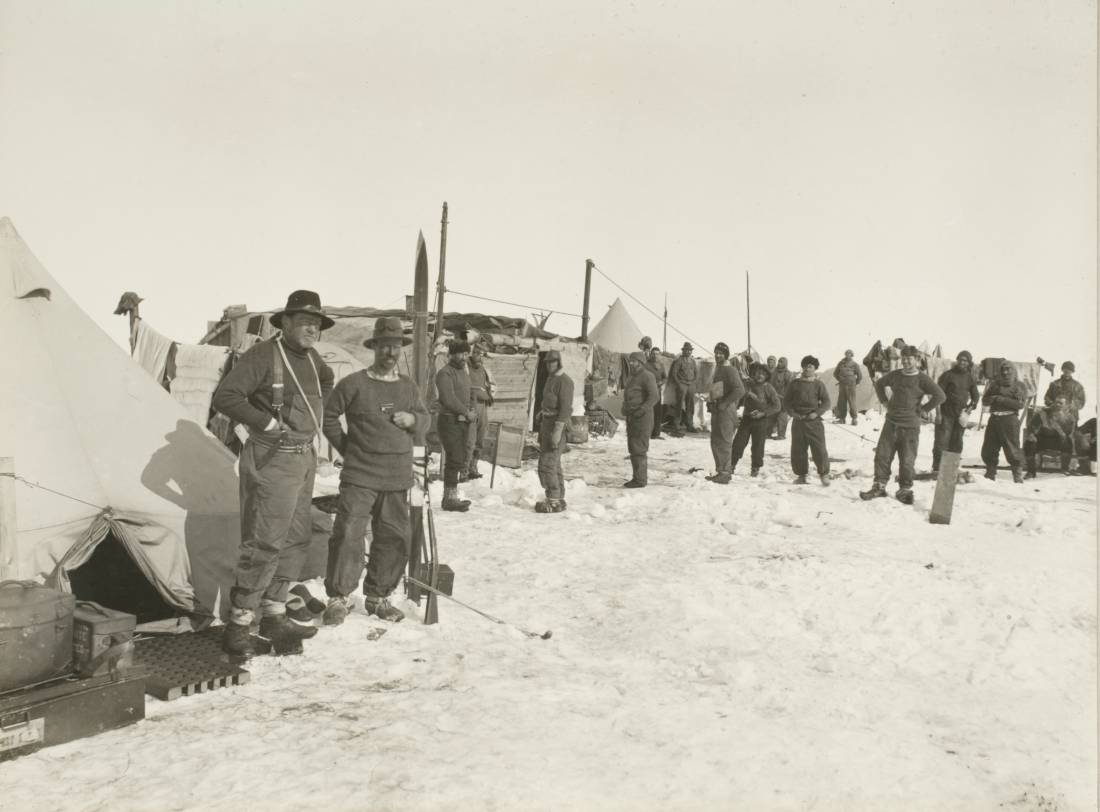 Base layer: mercerized wool underclothes
Base layer: mercerized wool underclothes
Explorers who needed to endure the often harsh conditions of the Arctic and Antarctica needed clothes (even underclothes) that were just as durable.
For this reason, they very often used wool that had been mercerized — a process whereby fibers under tension are impregnated with sulfuric acid and lye to make them more durable. This process of mercerization is used mainly on wool, cotton and flax.
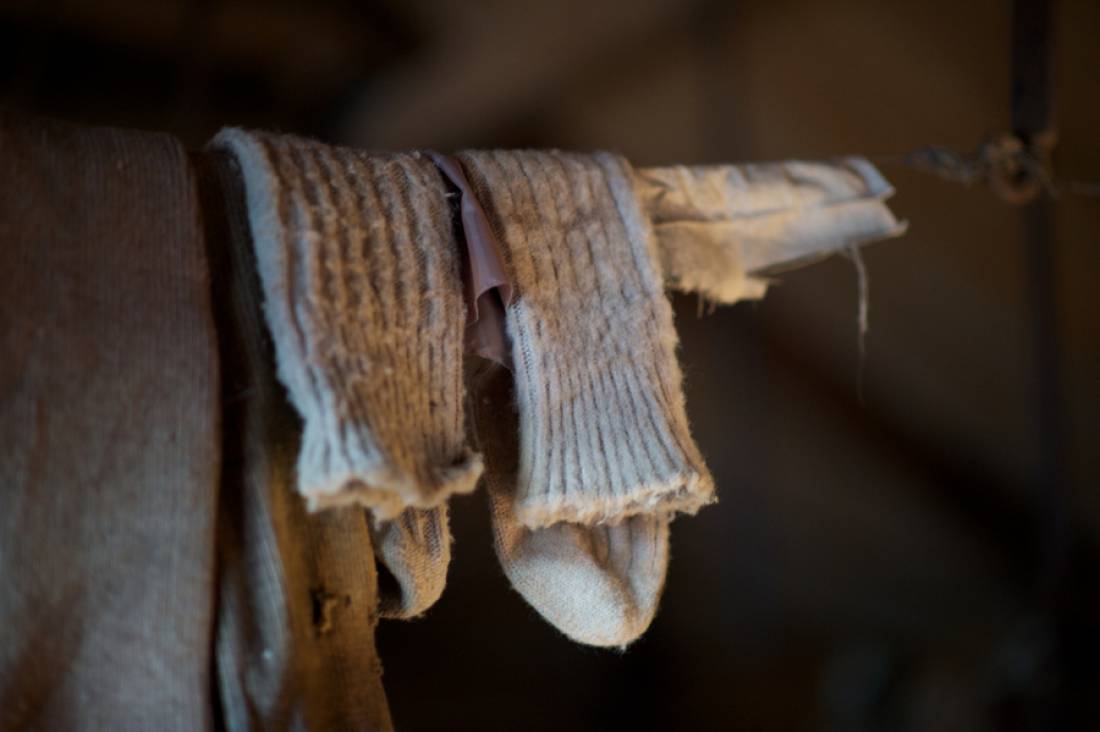 Hand protection: finnesko mittens (reindeer fur gloves)
Hand protection: finnesko mittens (reindeer fur gloves)
Without working hands, you have no working explorer. And nothing can gnaw off a pair of hands like frostbite, that gluttonous wintry guest whose far-from-picky tastes also include noses, toes and any other vulnerable extremity.
This is why polar explorers of the past preferred gloves made of naturally cold-resistant reindeer hide and fur while on their version of a comfy Arctic cruise.
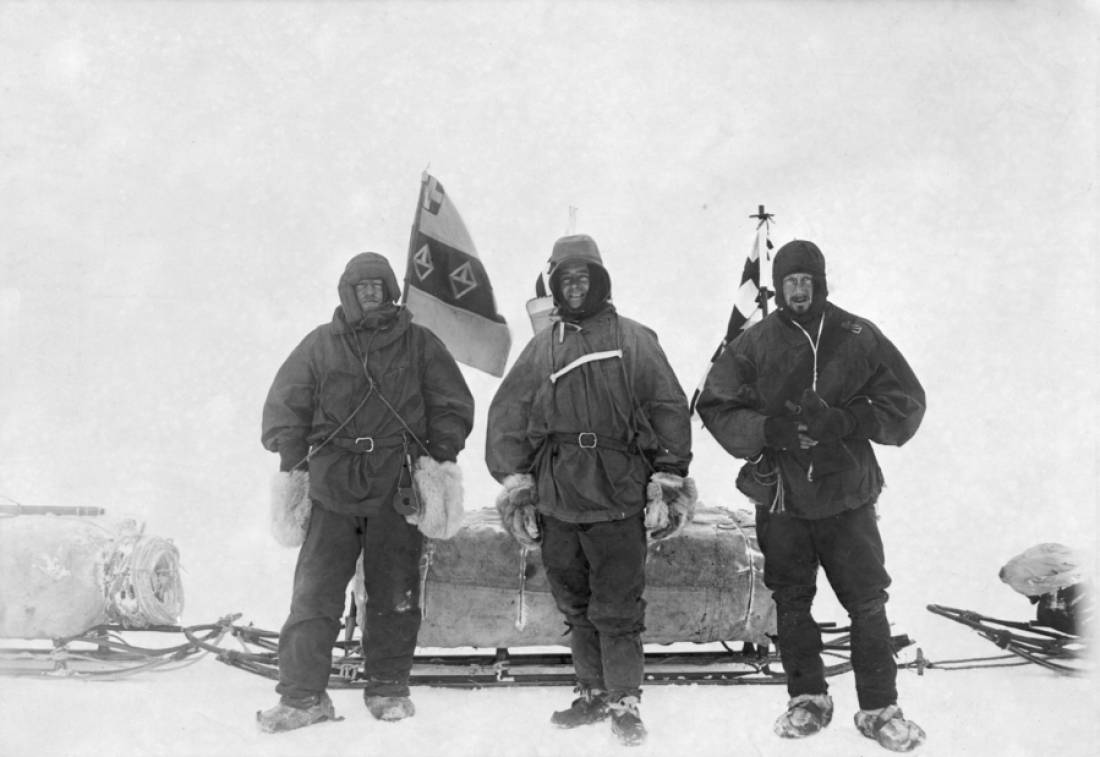 Leg clothing: cavalry twill or canvas trousers
Leg clothing: cavalry twill or canvas trousers
Arctic and Antarctic explorers of yesteryear walked a lot, at least as much as any current polar researchers (and even hiking-minded tourists).
To keep their legs warm and pliant, crews chose strong fabrics like cavalry twill, which is usually a blend of worsted warp and woolen weft reserved for pants, especially riding pants. They also used canvas, a tough material common to tents, backpacks, and sails.
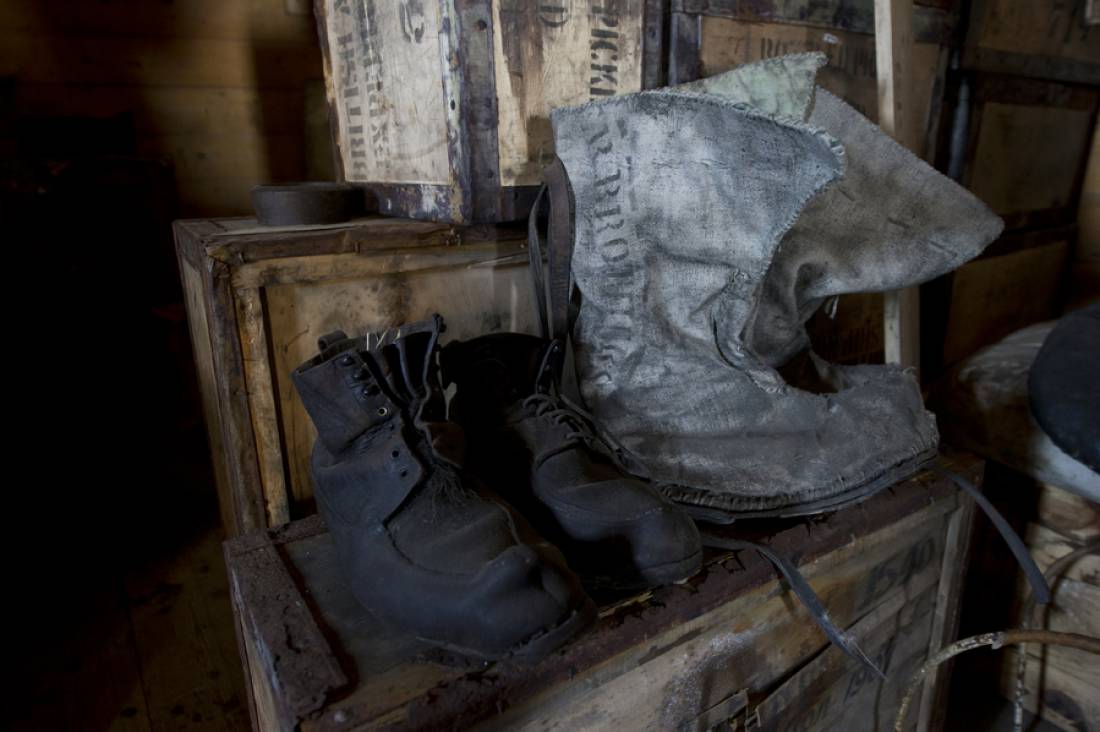 Foot antifreeze: thick-sole leather boots or komargars (reindeer skin boots)
Foot antifreeze: thick-sole leather boots or komargars (reindeer skin boots)
It’s tricky to say that footwear was the most important part of past expedition clothing, as all clothing was vital for keeping explorers alive.
Still, feet are one of the body parts most at risk of frostbite. Which is why it was important to double up on socks, extra-thick soles, and boots made from reindeer skin. You wouldn’t want to tap dance in them. But if you tried, they’d keep your toes from falling off.
Tags: 20th century polar expeditions, historical polar expedition clothing, pioneers of modern travel, Polar Gear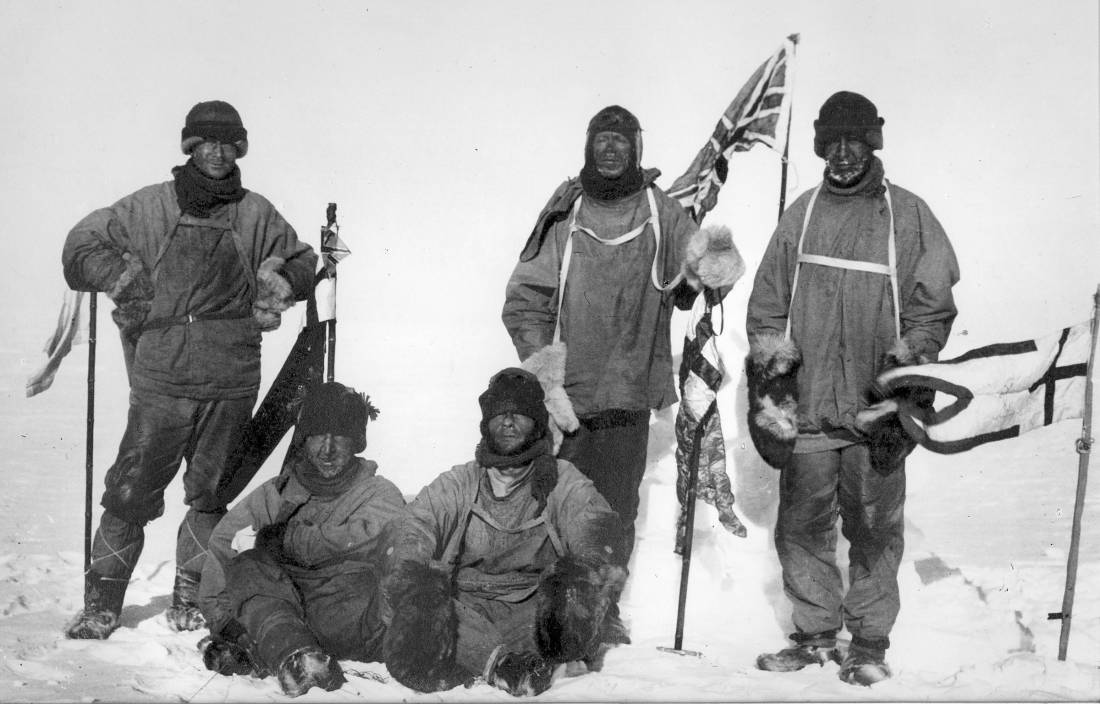
0 Comments